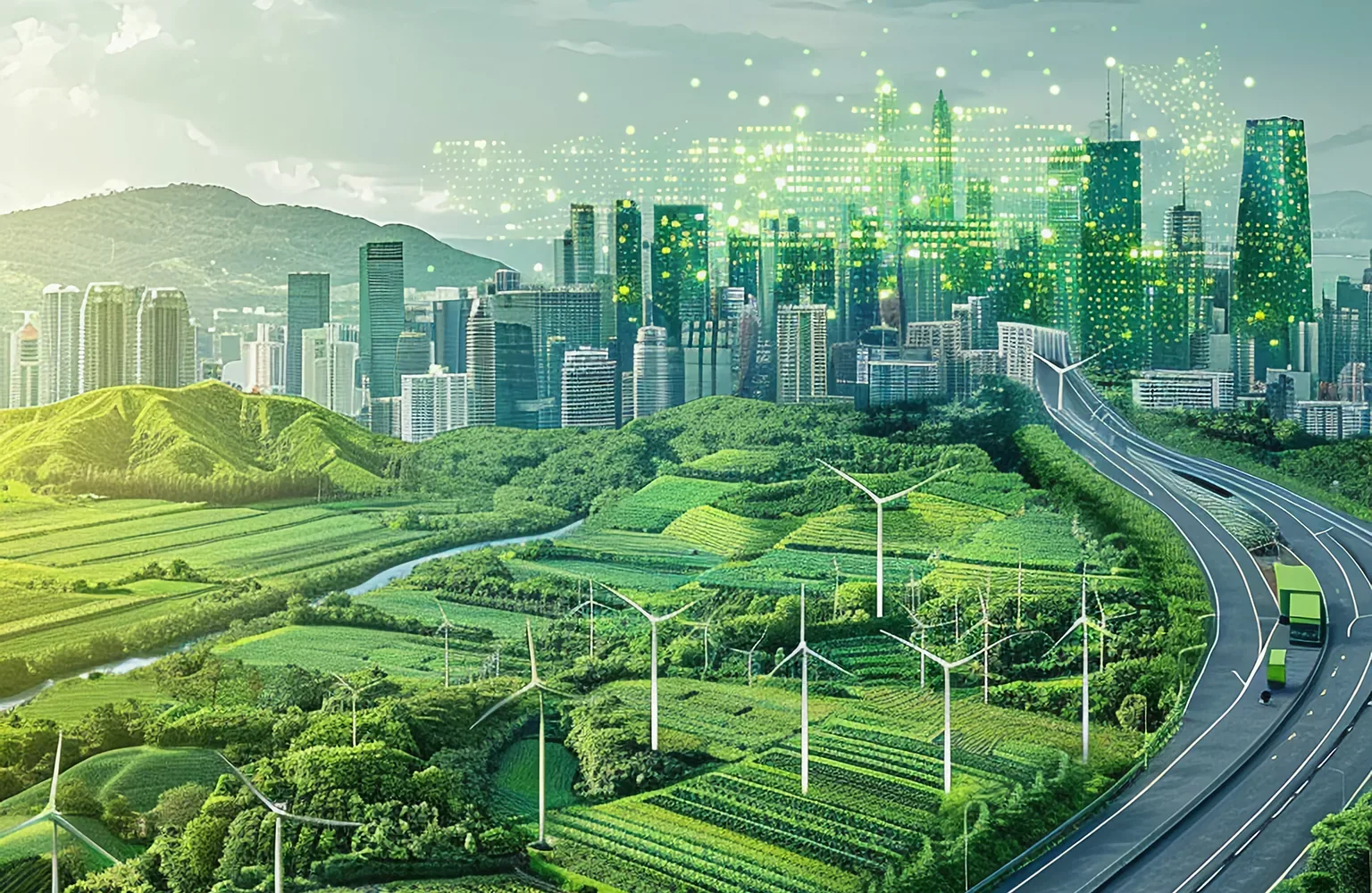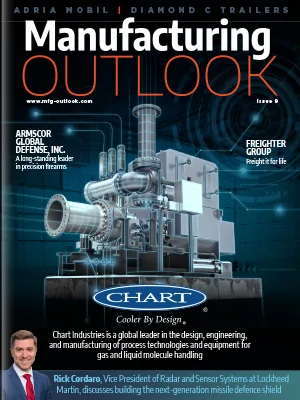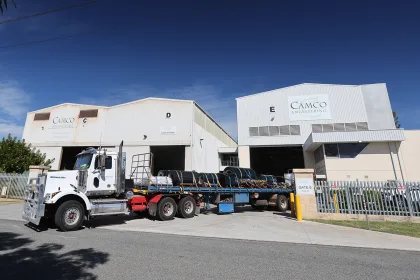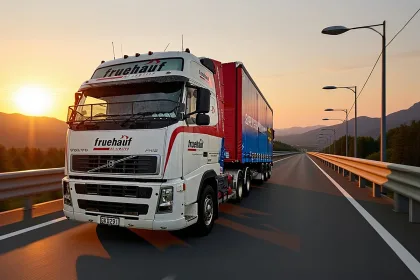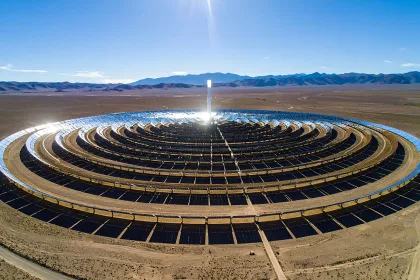We explore the evolving relationship between infrastructure and manufacturing with Jonathan Edwards, EMEA Market Development Leader at GHD.
Q&A WITH JONATHAN EDWARDS, EMEA MARKET DEVELOPMENT LEADER, GHD
Firstly, can you tell us about your extensive expertise in the infrastructure sector?
Jonathan Edwards, EMEA Market Development Leader (JE): As GHD’s EMEA Market Development Leader, I lead market strategy across our five markets and oversee our client experience and brand growth across the region.
I have built my career in the infrastructure sector, dedicated to driving growth, transformation, and successful project delivery and client outcomes. My experience spans various sectors, including aviation, highways, and rail, where I have had the opportunity to work with multinational clients and managed some of the UK’s most significant and complex infrastructure programmes.
Major projects I have worked on include the Heathrow West expansion proposal, the Digital Railway programme, and the Thames Tideway Tunnel. These projects all required navigating intricate regulatory landscapes and stakeholder engagement processes, while placing innovation and sustainable practices at their core.
What is your take on the infrastructure industry at this moment? Can you provide some valuable insights into current trends and developments?
JE: I would highlight three significant trends facing the industry right now – our ability to plan, commit, and deliver long term infrastructure; the challenge to attract inward investment and commercially fund and manage major programmes and projects; and the need and demand to do this more sustainably and with greater benefits to communities.
Each is a complex challenge on their own, but the fact they’re intertwined means we need to address these trends simultaneously and the huge pressure on industry.
We saw this play out recently with Chancellor Rachel Reeves’ decision to cancel the Stonehenge tunnel project. The cancellation of this £2 billion initiative, originally approved by the previous Conservative government, raises critical questions about how we prioritise and fund essential infrastructure initiatives while balancing development with environmental concerns and community needs.
This decision, alongside the delayed decision regarding the Lower Thames Crossing and the uncertainty over the extent of the HS2 project, all have significant implications for the infrastructure sector.
Our decision-making process and commitment to projects is framed against the Chancellor’s statement – “if we cannot afford it, we cannot do it”.
However, recent market intelligence has highlighted a £700 billion infrastructure spending shortfall, so I think we are now at the point where we need to be asking – “can we afford not to do it?”. The long-term impacts on our infrastructure, economy, and communities are only compounding.
As an industry, it illustrates the urgent need for innovative financing and investment strategies to address gaps in funding for vital projects, which have been exacerbated by rising costs and competing fiscal demands.
The current government has made a number of commitments to a future greener economy, and as an industry we need to continue to respond. Delivering new infrastructure and preparing and repurposing existing assets and networks to meet environmental, social, and governance (ESG) commitments and deliver benefits to stakeholders adds another lens at the start and throughout the delivery and operation of infrastructure.
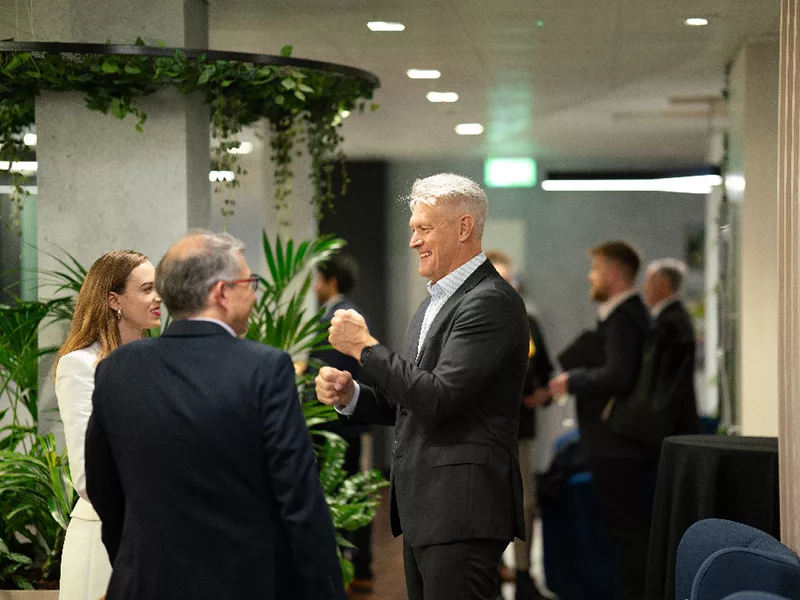
What important role does infrastructure play in meeting the diverse needs of current and future generations?
JE: By improving infrastructure, we create lasting community benefits and make our water, energy, and transport assets and networks sustainable for generations to come.
It’s arguable that we have never faced greater demand and challenges on much of our critical national infrastructure, and as an industry and economy we must rise to the test.
When we talk about infrastructure, it’s essential to recognise that it should serve both immediate needs and contribute to long-term benefits and be sustainable and resilient to future demands.
Many effective infrastructure projects are designed to achieve one or more Sustainable Development Goals (SDGs) over the long run. This means that it goes beyond mere construction; it is developed with clear social, economic, and environmental objectives in mind.
To effectively manage or mitigate any potential adverse impacts, these projects are commissioned with robust institutional mechanisms, adopt international best practices, and bring best-in-class expertise and innovation throughout the project and via their supply chain.
It also involves a clear business case and objectives and stringent monitoring of the triple bottom line criteria – social, economic, and environmental – throughout the entire project lifecycle.
In what ways is manufacturing dependent on infrastructure?
JE: While the two sectors are intrinsically interlinked, one of the most critical aspects of how manufacturing is dependent on infrastructure is the transportation network.
Reliable systems – such as roads, railways, ports, and airports – are vital for moving raw materials to manufacturing sites and distributing finished goods to markets. Efficient logistics reduce costs and improve delivery times, both of which are crucial for maintaining competitiveness in today’s global market.
Sustainable transportation solutions also play a significant role in minimising the carbon footprint associated with transporting goods. Moving goods by rail, for example, is more carbon efficient than other transport modes.
Rail freight produces 76 percent fewer carbon emissions per tonne than heavy goods vehicles, and shifting a greater proportion of freight from road to rail will be key to ensuring the resilience and sustainability of infrastructure.
Beyond transportation, manufacturing also relies on other essential infrastructure components. Utilities, including water and energy supply, must be dependable and sustainable to support production processes.
Efficient waste management systems, for example, are crucial for minimising environmental impact and ensuring compliance with regulatory standards.

“While the two sectors are intrinsically interlinked, one of the most critical aspects of how manufacturing is dependent on infrastructure is the transportation network”
Jonathan Edwards, EMEA Market Development Leader, GHD
How is the critical relationship between infrastructure and manufacturing evolving?
JE: The critical relationship between infrastructure and manufacturing is undergoing a transformation characterised by digital integration, sustainability priorities, and the adoption of advanced manufacturing techniques.
The rise of smart technologies and the Internet of Things (IoT) is transforming manufacturing operations by enhancing real-time data collection and analysis. This integration enables manufacturers to optimise logistics, streamline supply chains, and improve overall operational efficiency.
For instance, advancements in GPS not only enhance asset tracking but also contribute to the timely delivery of raw materials and finished goods, supporting smoother manufacturing processes.
The need for sustainable manufacturing practices is also reshaping infrastructure priorities, as there is growing demand for greener transportation and energy solutions. This shift is driving investments in sustainable transportation networks and renewable energy infrastructure, which are essential for minimising emissions associated with logistics and production.
We are also seeing the evolving relationship with off-site manufacturing. Modular construction, 3D printing, and the integration of advanced digital technologies, along with data-driven decision-making, are enhancing supply chain optimisation.
These innovations reinforce circular processes, prioritise operational efficiency, reduce waste, and drive high-level productivity.
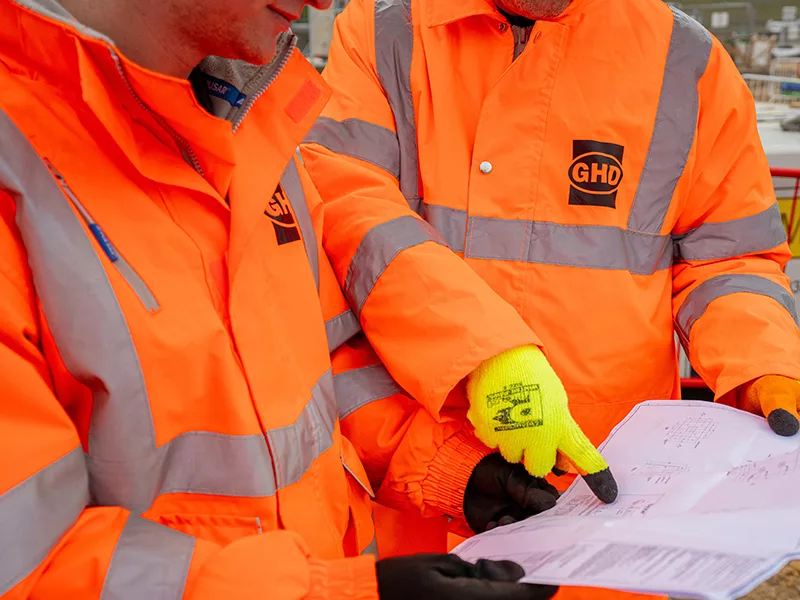
Why is it important to understand this relationship in order to make the right investments in infrastructure?
JE: First and foremost, an understanding of the relationship allows for optimising resource allocation.
By recognising how infrastructure impacts manufacturing processes, policymakers and investors can allocate resources more effectively. Equally, by targeting funds where they will have the most significant impact, stakeholders can ensure that their investments drive economic growth and strengthen competitiveness.
The relationship also has a very visible impact on regional development, employment, skills and training, and community connectivity.
In the UK, the landscape of infrastructure investment is a blend of public and private funding – this ownership model highlights the diverse approaches necessary for effective infrastructure investment.
Ultimately, the government and companies must walk a tightrope to make the right investment decisions every year and they do so in light of competing priorities and internal, external, domestic, and international pressures.
When they make the right decision, the benefits are seen and felt, but when they don’t or we see major disruption, like canal blockages, geopolitical issues, and problems in the supply chain and manufacturing process, they can have an enormous impact on investment decisions.
Given that manufacturing and infrastructure investments have long lifecycles, today’s decisions will shape the economic landscape for generations.
By anticipating future needs and challenges, stakeholders can ensure that their investments are resilient and adaptable, mitigating risks associated with technological disruptions, demographic shifts, and environmental change.

Finally, how do you see the future of the infrastructure sector developing?
JE: Changes in technology are significantly transforming infrastructure and manufacturing, reshaping production processes, operational efficiency, productivity, and supply chain dynamics.
Emerging technologies such as renewable energy sources, smart grids, and battery storage are changing how energy is produced, supplied, and consumed. This technological shift is vital for manufacturing – as industrial power users increasingly apply the ability to predict energy demands and manage supply through smart grids, manufacturers can optimise production schedules and reduce costs, ultimately boosting productivity.
We cannot, and companies should not, ignore the huge demands they are placing on our water network now and in the future. Meeting this demand against a backdrop of climate change and increased public consumption is another area where the relationship will need to change.
GHD’s Digital Twin Operations (DTO) technology is an example of how technology is transforming the infrastructure sector. By integrating various smart technologies into a virtual environment, GHD DTO enables users to inspect, manage, and report on multiple assets from anywhere in the world.
Data modelling is particularly vital in transportation mobility. Rapid advances in generative artificial intelligence (AI) allow the creation of new data patterns to simulate scenarios, such as modelling potential traffic patterns under different conditions including population growth or road infrastructure changes.
Through AI, applying quantitative data to manage and optimise train timetables is another example which will keep rail on track.
It’s no secret that advances in technology have the capacity to radically alter the face of infrastructure and its relationship with manufacturing.
Both industries are prone to disruption, but new and emerging technologies and the use of data have the potential to offer ground-breaking opportunities.
However, companies across both industries need to do more to evolve with change, build resilience in their assets and companies, and most critically, not wait for a ‘silver bullet’ to solve the problems we face now or can see coming over the horizon.



